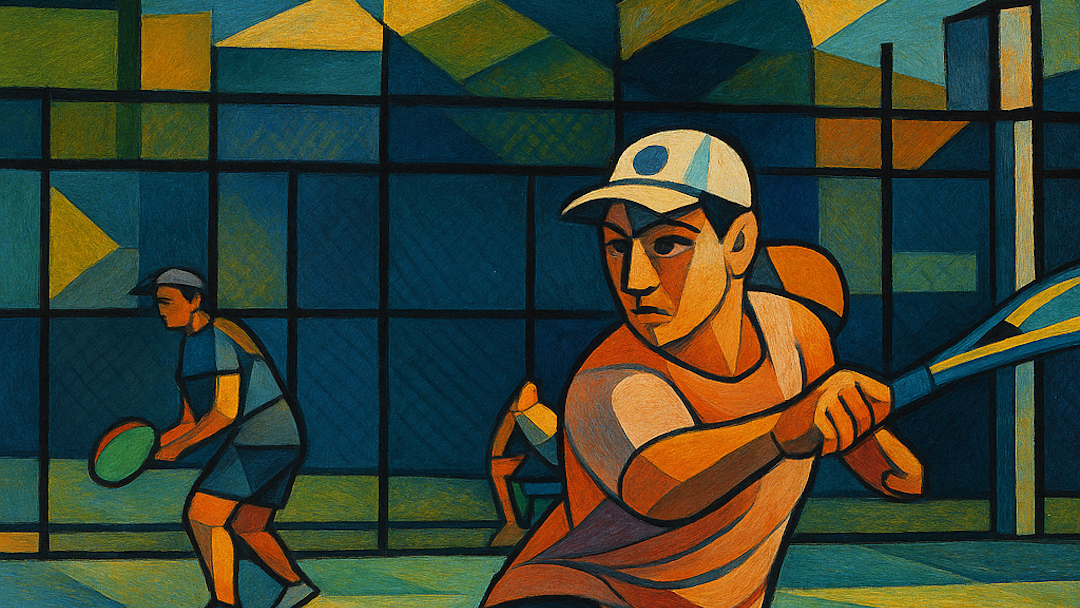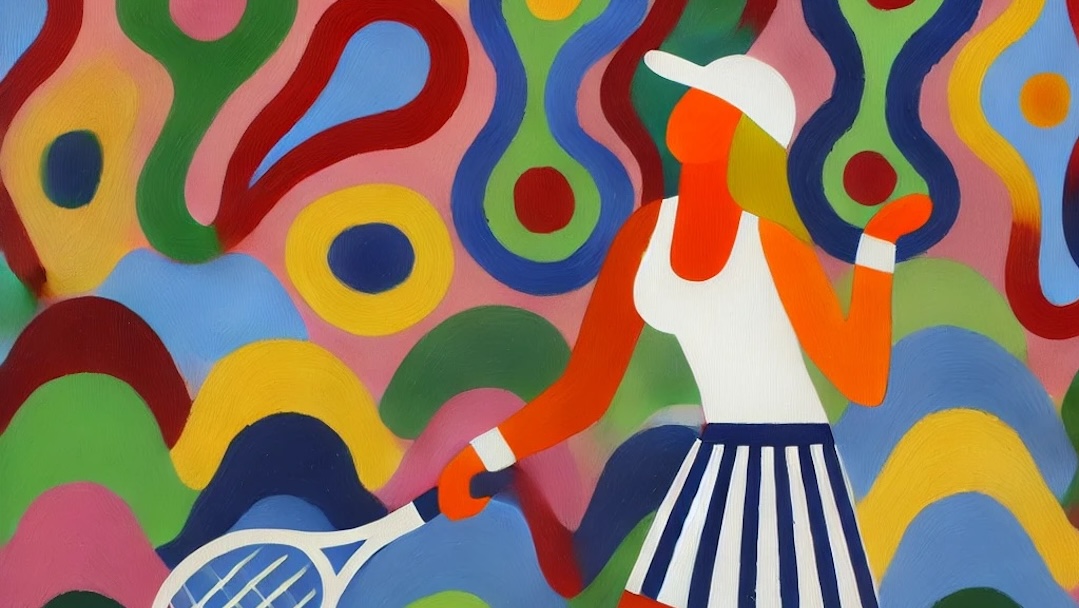The January book selections reflect a strong Australian influence as the professional tours compete in the “land down under.” First up is ‘Back to the Zone: Sport and Inner Experiences’ by Damien Lafont. The author is a physicist and peak performance mental training educator. He has also worked with athletes at one of the largest tennis academies in Australia. His work includes positive psychology, building an unstoppable mindset, and becoming happier. That fits right in with the ongoing “Designing Your Tennis Life” series of posts.
“Zoning” or playing “In the Zone” is a sports concept that possibly originated in tennis. Arthur Ashe may have been the first to use the term in 1974 when describing his mental state during one of his matches against Bjorn Borg. Ashe described the sensation of playing “In the Zone” as a state of performance where every shot was hit with the sweet spot, every bounce went his way, and the level of his game took on an almost mystical quality. It popularized the term in the tennis vernacular.
In Back to the Zone, Lafont defines the concept as well as the awareness that it isn’t possible for a player to conjure up “Zoning” on demand. In fact, the more a person tries to enter the Zone, the more difficult it is to get there. Consequently, attempting to write a book on this topic is somewhat of a paradox.
Nevertheless, this book effectively describes aspects of creating a mental state that is conducive to peak performance associated with the Zone. Lafont identifies multiple components of the emotional mind along with tips for optimizing each one to achieve the active but quiet thinking believed to be necessary for Zoning. This book describes how to remove unnecessary mental clutter that is believed to interfere with peak performance.
I stumbled across this title after finding it on a list of resources for a coaching conference conducted by Tennis Australia in 2014. That implicit endorsement convinced me to take a look at something that, on the surface, might ordinarily be a little too “Woo” for my practical taste.
In ‘Back to the Zone: Sport and Inner Experiences,’ I found some practical tips, such as listening to music, that might improve the prospects of entering a high-performance mental state. That was interspersed with other advice on what not to think about, which is more of a challenge given my trademark overthinking. I still found it to be worth the investment for anyone wanting to build a mindset for peak performance.

Back to the Zone: Sport and Inner Experiences (<- Sponsored Link)
Fiend At Court participates in the Amazon associates program and receives a paid commission on any purchases made via the links in this article. Details on the disposition of proceeds are available on the “About Fiend at Court” page.
- Portrait in Motion, Arthur Ashe with Frank Deford, 1974. Diary Entry for February 22, 1974



